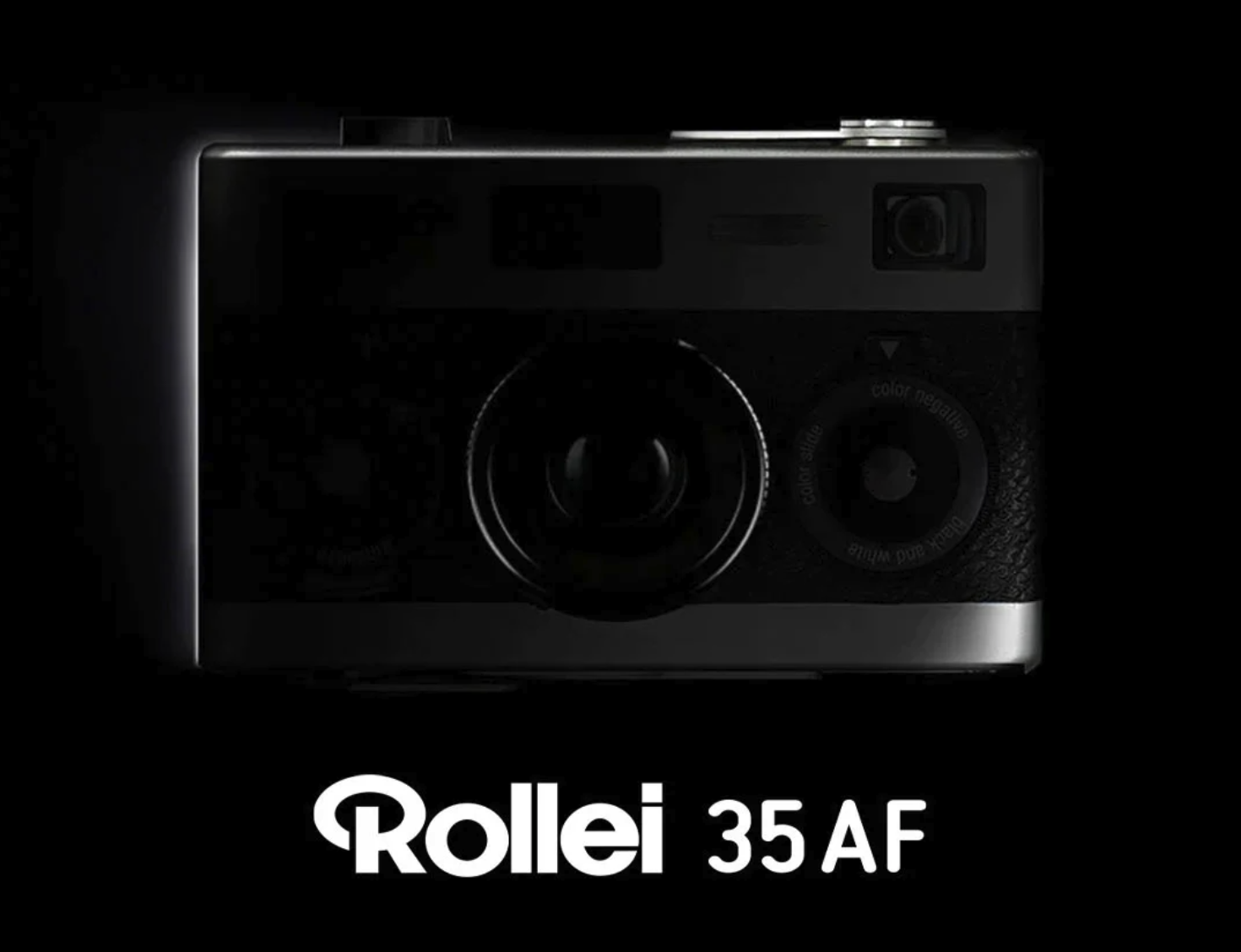It's relatively easy to design a proper lens today doesn't mean it's the case with Mint as, well, their track record with the RF70 hadn't been stellar.
This, plus that this is a $800 camera (only reasonable when you compare it to other "premium" P&S that came with premium lenses), plus that it's associating itself with the Rollei 35, means there at least will be some people that would like to see matching optical quality from such a pricey device. Myself included, of course, as I'd really like to pull the trigger.
This camera also has other culprits, as I had mentioned previously in this thread, like the lack of means to tell where the camera has focused on. A big no back in the active IR AF days (already a headache with the 1988 Contax T2, nightmare with its mid-1980s predecessors), and could still be a no today. Really need to see more real life examples for a fuller picture on what the camera really is about.


